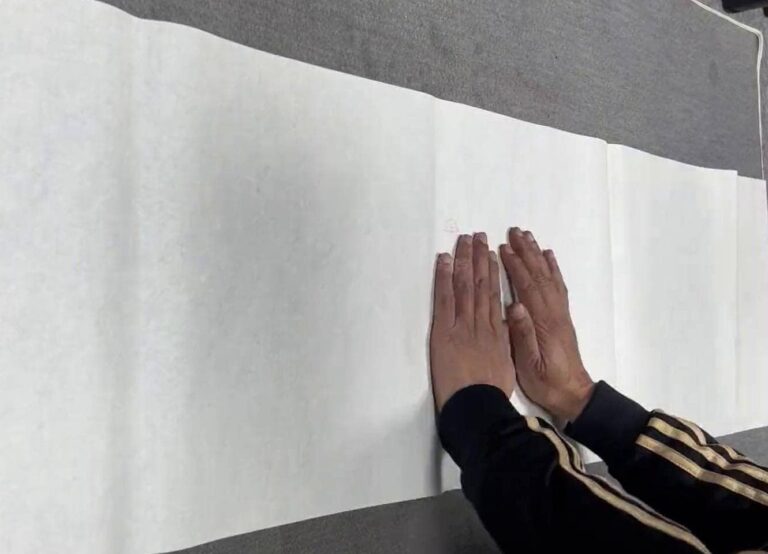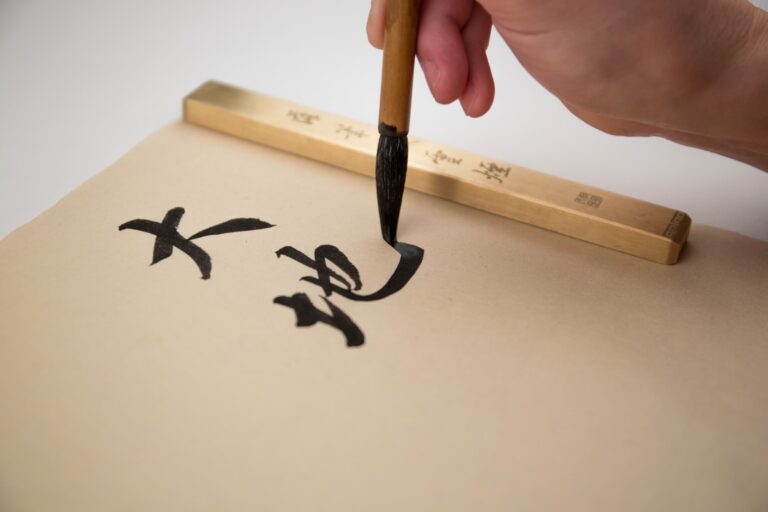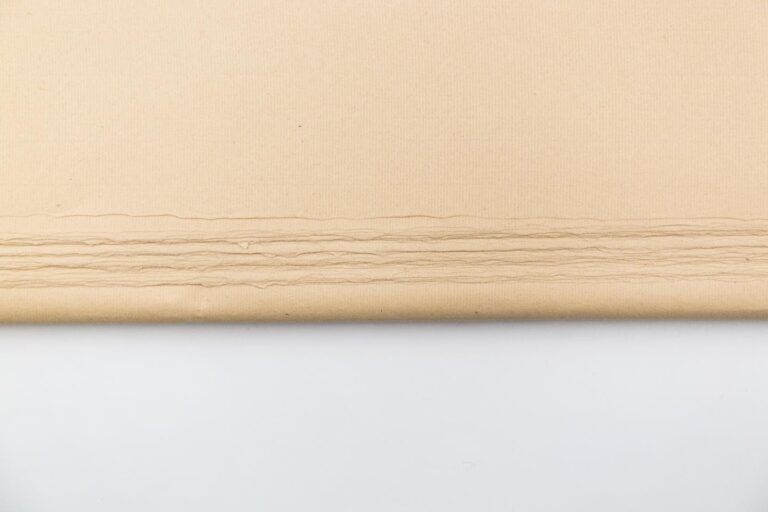What is Xuan Paper Made of? Complete Materials Guide
What is Xuan paper made of? This question fascinates calligraphy enthusiasts and traditional culture lovers worldwide. Understanding what Xuan paper is made of reveals the secrets behind China’s most treasured papermaking craft. Xuan paper is made of four natural materials: green sandalwood bark, sandy field rice straw, kiwi vine, and mountain spring water. This comprehensive guide explains exactly what Xuan paper is made of and how these materials create this exceptional paper.
Understanding What Xuan Paper is Made of: The Four Essential Materials
When exploring what Xuan paper is made of, it’s important to know that each material plays a crucial role in creating this legendary paper. What Xuan paper is made of determines its unique qualities that have made it famous for over 1,500 years.
1. Green Sandalwood Bark: The Primary Material in What Xuan Paper is Made of

Green sandalwood bark is the most important answer to “what is Xuan paper made of.” This bark comes from the green sandalwood tree (scientific name: Pteroceltis Tatarinowii Maxim), which is essential to understanding what Xuan paper is made of.
Botanical Characteristics
Green sandalwood belongs to the Ulmaceae family. It’s a limestone-loving deciduous tree that thrives in sunlight. These trees grow naturally in foothills, forest edges, valleys, riverbanks, and cliff crevices.
Before modern botanical classification, green sandalwood was often called Chu tree. Papermaking scholars referred to this period as “the time when sandalwood and Chu were not distinguished.”
Historical Documentation
The earliest recorded use of “green sandalwood” was by Ming Dynasty scientist Xu Guangqi (1562-1633). In “Complete Treatise on Agricultural Administration, Volume 56,” he described these trees in detail, establishing their importance in what Xuan paper is made of.
Why Green Sandalwood is Essential in What Xuan Paper is Made of
Green sandalwood trees have remarkable adaptability. They love calcium-rich soil, resist drought and poor conditions, develop strong root systems, and live long lives. This makes them uniquely suited for papermaking.
The trees grow well throughout southern China, especially in limestone regions. They also thrive in acidic granite mountains, riverbanks, and valleys. The wood itself is hard, heavy, and tough, but it’s the bark that matters for what Xuan paper is made of.
Fiber Properties
Green sandalwood’s strong sprouting ability allows sustainable harvesting. Branches are cut every three years, providing high-quality bark rich in fiber that’s soft and easy to process.
The fiber specifications are crucial to what Xuan paper is made of:
- Single fiber length: 0.72mm to 18.0mm (mostly 9.0-14.0mm)
- Width: 0.007mm to 0.034mm (mostly 0.019-0.023mm)
- Length-to-width ratio: 276 times
Green sandalwood cells have large cavities and wrinkled surfaces, creating paper with excellent water absorption and ink flow properties.
Best Sources
Research confirms that green sandalwood bark from around 30 degrees north latitude produces the finest results. Trees from Jing County, Anhui Province (30°21′ to 30°51′ north latitude) are considered the gold standard for what Xuan paper is made of.
2. Sandy Field Rice Straw: A Key Component of What Xuan Paper is Made of
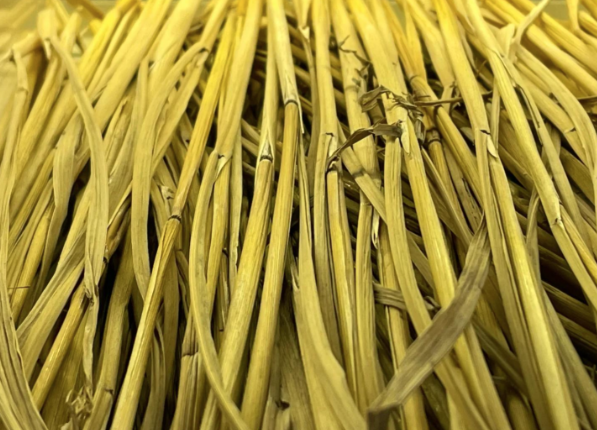
Rice straw is another essential element when examining what Xuan paper is made of. This material (scientific name: Caulis Et Folium Oryzae) consists of rice stems remaining after grain harvest.
Rice Cultivation for Papermaking
Rice is an annual grass plant reaching about 1.2 meters tall. It has long flat leaves and produces grain in panicle clusters. Rice thrives in high temperature, high humidity, and short daylight conditions, making it perfect for the regions where we find the best materials for what Xuan paper is made of.
Historical Use in Papermaking
China pioneered both rice cultivation and using rice straw in papermaking. While many ancient regions preferred longer fibers like hemp and tree bark, rice straw became an important component of what Xuan paper is made of.
Historical evidence shows rice straw was used in Xuan paper as early as the Song Dynasty (960-1279). Analysis of surviving calligraphy works by Zhang Jizhi (1186-1263) confirms that both green sandalwood bark and rice straw were already essential to what Xuan paper is made of during this period.
Soil Requirements for Quality Rice Straw
The rice straw used in what Xuan paper is made of requires specific growing conditions:
- Soil types: Yellow-brown soil, limestone soil, coarse soil, and paddy soil
- pH levels: 4.5-6.5
- Geographic regions: Jing County, Jingde, and Xuancheng areas
It’s worth noting that very few farmers in Jing County still grow long-stem rice. Most now plant short-stem hybrid rice because hybrid varieties produce much higher grain yields.
Local government reportedly had to ask some farmers to grow traditional long-stem rice in mountain areas to ensure authentic Xuan paper production. However, the output remains very limited.
Only Xuan paper made with genuine long-stem rice straw can be considered authentic Xuan paper. Unfortunately, this makes the price extremely expensive.
Long-Stem vs. Short-Stem Rice
Long-stem rice produces the best straw for what Xuan paper is made of. This variety offers:
- Higher pulp yield
- Stronger fiber toughness
- Better rot resistance
- Superior natural bleaching properties
Unfortunately, most farmers now grow short-stem hybrid rice for higher grain yields. Local governments must encourage mountain farmers to grow traditional long-stem varieties specifically for what Xuan paper is made of, though production remains limited and expensive.
3. Kiwi Vine: The Supporting Material in What Xuan Paper is Made of
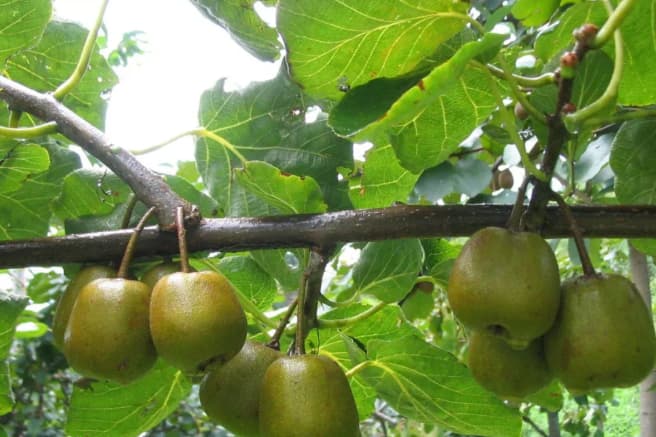
Kiwi vine plays a crucial supporting role in what Xuan paper is made of. This natural additive has been used in Chinese papermaking for centuries.
Historical Background
The earliest recorded use of plant additives in papermaking dates to Zhou Mi (1232-1298). His “Miscellaneous Records” explains how certain plants prevent paper sheets from sticking together during production.
Beyond yellow hollyhock, papermakers discovered many suitable materials including kiwi vine, hibiscus, winterberry, and others. These became essential supporting elements in what Xuan paper is made of.
Kiwi Vine Specifications
Kiwi (scientific name: Aetinidia chinensis Planch) goes by many names: fox peach, vine pear, sheep peach, and others. The Xuan paper industry calls it “star fruit vine,” and its processed liquid form is called “medicine water.”
Processing and Application
Understanding what Xuan paper is made of includes knowing how kiwi vine is prepared:
- Select 1-2 year old vines
- Store in cool, moist places after cutting
- Break into equal lengths by hand
- Crush with wooden hammers
- Soak overnight in water
- Extract juice through repeated filtering
This liquid acts as a suspending agent during papermaking, helping control pulp distribution and sheet thickness – essential functions in what Xuan paper is made of.
4. Mountain Spring Water: The Foundation of What Xuan Paper is Made of

Mountain spring water is the foundational element of what Xuan paper is made of. The Xuan paper industry follows the principle: “without good water, there’s no good paper.”
Geographic Advantages
Jing County’s location provides ideal water sources for what Xuan paper is made of:
- Climate: Northern subtropical monsoon with abundant rainfall
- Annual precipitation: About 1500mm
- Topography: Mountains create numerous streams and rivers
- Water network: 146 rivers totaling 695.5 kilometers
Water Quality Specifications
The water used in what Xuan paper is made of must meet specific requirements:
- pH levels: 5.0-6.5 (slightly acidic)
- Source preference: Mountain spring water (best), river water (good), well water (acceptable)
- Purity: Free from industrial contamination
Historical Documentation
Historical records emphasize water quality’s importance in what Xuan paper is made of. Qing Dynasty documents describe how “sweet water” from specific mountain sources created paper that was “clear and smooth as jade,” making it “the best Xuan paper.”
The Manufacturing Process: How These Materials Become Xuan Paper
Understanding what Xuan paper is made of also requires knowing how these four materials work together:
- Preparation: Green sandalwood bark and rice straw undergo months of processing
- Pulping: Materials are broken down and mixed with mountain spring water
- Sheet Formation: Kiwi vine juice helps control the papermaking process
- Drying: Natural air-drying preserves the paper’s unique qualities
Why These Specific Materials Make Xuan Paper Special
What Xuan paper is made of directly determines its legendary qualities:
- Durability: Green sandalwood fibers provide thousand-year longevity
- Absorbency: Rice straw creates perfect ink absorption
- Smoothness: Kiwi vine ensures even surface texture
- Purity: Mountain spring water maintains chemical balance
Conclusion: The Complete Answer to What Xuan Paper is Made of
What is Xuan paper made of? The complete answer involves four carefully selected natural materials: green sandalwood bark, sandy field rice straw, kiwi vine, and mountain spring water. Each component of what Xuan paper is made of serves a specific purpose in creating this exceptional paper.
Understanding what Xuan paper is made of reveals why this traditional craft has remained unchanged for centuries. The specific geographic requirements, seasonal timing, and traditional processing methods ensure that what Xuan paper is made of continues to produce the world’s finest calligraphy and painting paper.
The knowledge of what Xuan paper is made of helps us appreciate not just the final product, but the entire ecosystem of traditional Chinese papermaking. From the limestone mountains that nurture green sandalwood trees to the specific rice varieties grown in sandy fields, every aspect of what Xuan paper is made of contributes to preserving this invaluable cultural heritage.
For more information about Xuan paper, you can refer to my previous articles:
Top 10 Chinese Xuan Paper Brands: Selection Guide & Care Tips
How to Prevent Ink Bleeding When Writing Chinese Calligraphy on Xuan Paper



